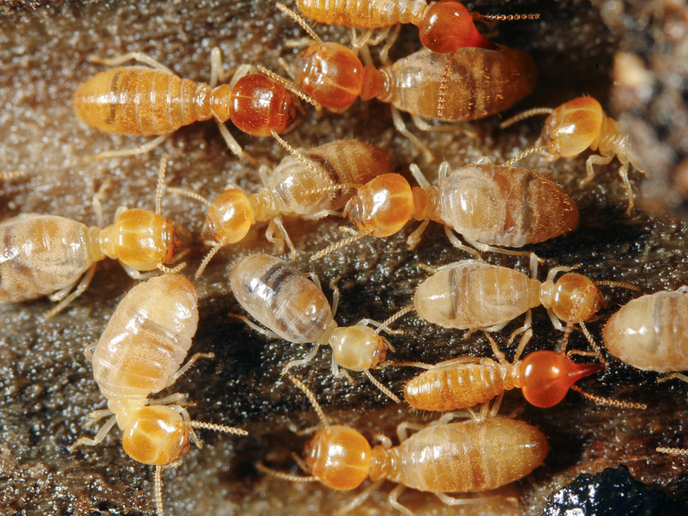Sustainable raw materials from biorefinery waste
Adverse climate change highlights the need to sustainably produce biodegradable and recyclable materials with a low carbon footprint. The EU-funded Zelcor(opens in new window) project addressed this challenge by recycling waste bio-based products and improving the sustainability of existing second-generation(opens in new window) biorefineries. These nonpetroleum-based processes for chemicals production aim at reducing greenhouse gas emissions while preserving human health. Consortium members combined chemical and enzymatic catalysis with insect-based biological conversion within a biorefinery integrated approach, demonstrating the feasibility of transforming lignocellulose biorefinery recalcitrant side streams into high-added value bio-based products. “There is a need to develop new value chains using a circular economy methodology based on refinery waste to satisfy the increasing demand of industrial sectors for bio-based products,” states project coordinator Stéphanie Baumberger. The initiative received funding from the Bio-based Industries Joint Undertaking (BBI JU), a public-private partnership between the EU and industry. “Zelcor is also linked to other European projects, including EUCALIVA and UNRAVEL, through the recovery of lignins from pilot-scale processes and their characterisation within Zelcor,” Baumberger explains.
Insects convert waste into a resource
Researchers recovered three valuable raw materials from the biorefinery side products: lignocellulosic (dry plant matter) residues from ethanol production, lignins dissolved during the pulping process and lignin-like humins formed by side reactions during sugars conversion. Their aim was to develop efficient and sustainable processes for large-scale production of biomolecules for cosmetics, packaging, and the chemical industry, as well as novel biocatalysts using renewable biological resources. Project partners developed four main routes for lignin conversion. These involved solvent extraction and treatment via ionic liquid yielding antioxidant extracts, base-catalysed depolymerisation to produce aromatic chemical intermediates, and dissolution-aggregation technology to recover colloidal lignin particles. They also used lignin as a substrate for conversion by microorganisms and termites(opens in new window), enabling their large-scale rearing. A termite rearing unit fed with lignocellulosic substrates was designed and implemented to produce biomass for feed and chitin(opens in new window), a polysaccharide and primary component of the termites’ exoskeleton. “Recalcitrant lignocellulosic fractions were successfully used as a carbon source for living termites or by microbial consortia cultivated from termite guts. In parallel, sixteen new fungal and bacterial enzymes that act on lignin were expressed and characterised, among which three were selected for large-scale production,” notes Baumberger.
Safer and more sustainable products created
Researchers integrated all the technical achievements into a cross-cutting value-chain approach to provide valuable bio-based products for targeted markets. By mapping their capabilities, researchers selected the most suitable intermediate products for formulation and processing into skin-care cosmetic creams, food packaging materials and aqueous colloidal systems. Thanks to the joint efforts of organic and physical chemists, biologists, and process engineers, a set of new valuable bio-based products can now be obtained from raw materials previously considered as waste. Among these products, phenolic compounds from plant biomass offer safer alternatives to existing synthetic commercial antioxidants such as bisphenol A(opens in new window), which is widely used in the production of certain plastics and considered an endocrine disruptor chemical. All the tested compounds have low environmental impacts and can compete economically with existing fossil-carbon based products. “Zelcor will benefit companies from the chemistry, plastics, and cosmetic sectors, which will find opportunity to diversify their products and applications, while offering safer alternatives to consumers and the environment,” Baumberger concludes.







